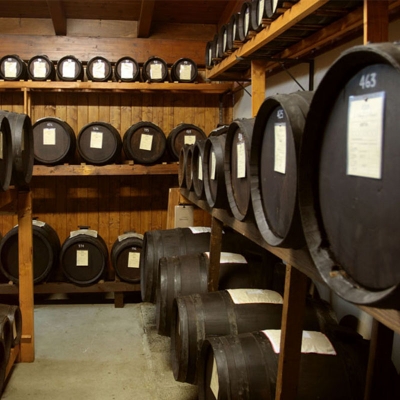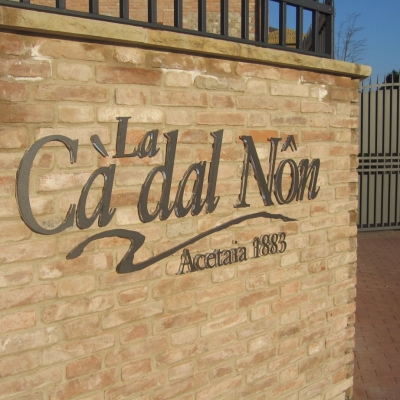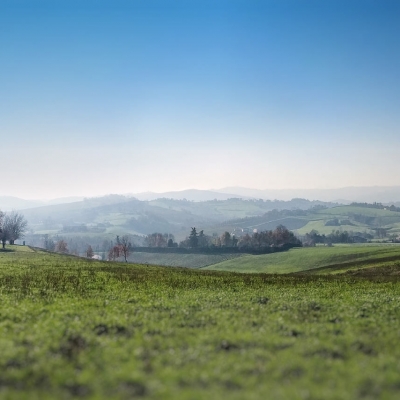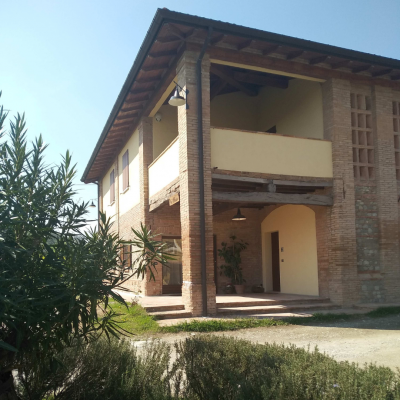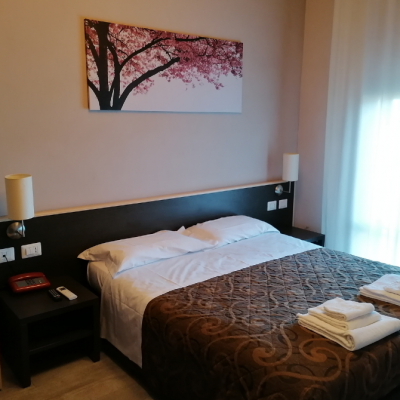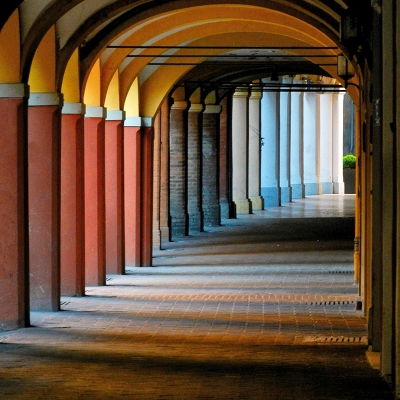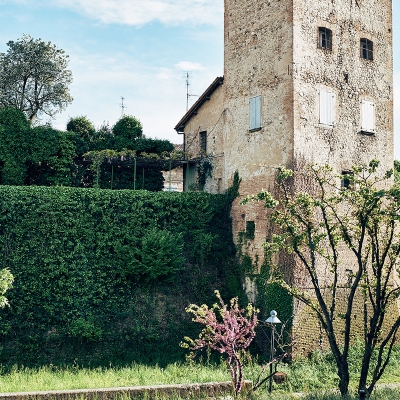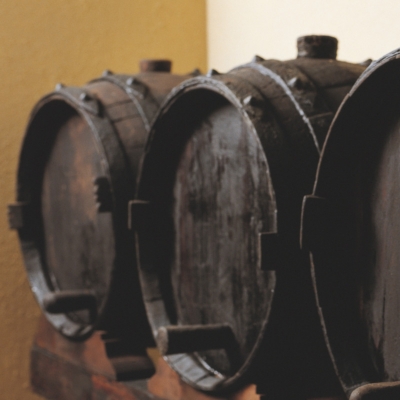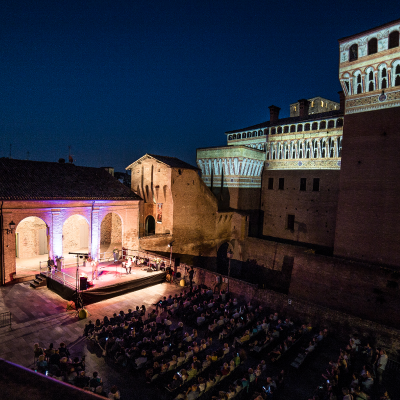Vignola Fortress
Il simbolo storico e culturale di Vignola
For the people of Vignola, the Fortress is perhaps the most cherished building in Vignola and the most important symbol of regional and cultural identity. For Vignola and for the surrounding foothills, the fortress is an emblem of cultural uniqueness and despite being strongly rooted in the Emilian soil, it has seen a melting pot of Italian as well as wider European influences which are clear from its many modifications.
The year of its construction cannot be known with certainty, but it can be reasonably estimated that it was built in the years following the end of the Carolingian dynasty to protect the area from Hungarian invasions, a time when many defence towers and fortified enclosures were constructed. Tradition attributes the erection of this first fortress to the Abbey of Nonantola. A document from 936 mentions that Vignola, in the same year, came under the control of the Bishop of Modena. Another document proves the existence of the Fortress from at least 1178. Until the early years of the 15th Century, the edifice functioned primarily as a military base.
It was the Contrari, of the house of Este in 1401, who profoundly changed its function, transforming it into a lavish dwelling, rich in decorations and frescoes, fit to receive a family that was accustomed to the grandeurs and comforts of the Ferrara court.
Once the Contrari line became extinct, the Fortress was acquired by the Boncompagni-Ludovisi family in 1577 who the administration of the fiefdom to a governor.
During the course of the 19th Century, political and social institutions availed of the Fortress, including the Municipality, the library and Cassa di Risparmio di Vignola.
The Fortress is composed of five floors. In the dungeons, there are two splendid rooms called Contrari and Grassoni, which are used for conferences and concerts. The ground floor consists of delegation rooms called; dei Leoni, dei Leopardi, delle Colombe and degli Anelli, as well as a bookshop created in the former kitchens. The ground floor also hosts the noble rooms; delle Dame, del Padiglione, degli Stemmi, dei Tronchi d’Albero, the Uguccione studio and the Chapel which is frescoed with a precious series of Late Gothic paintings by the “Maestro di Vignola”. On the second floor, there are spacious rooms used by the troops and by the service personnel known as “Sale degli Armigeri”. The upper floor houses circular patrol paths which run through the building, all of which connect to the three towers; di Nonantola, delle Donne and del Pennello.
Acquired by the Cassa di Risparmio di Vignola in 1965 and ceded in 1998 to Fondazione di Vignola, the Fortress has since then been subject to careful restoration work to both its architectural structures and its decorations and frescoes, making it accessible to visitors.
For Vignola and Modena, as well as the neighbouring provinces of Reggio Emilia and Bologna in general, this prestigious site symbolises an ideal space for the fruition of important cultural projects.
The Fondazione di Vignola, in collaboration with local organisations, is currently proposing a rich collection of initiatives, which are both connected to the valorisation of the region as well as to the promotion of Vignola to a wider, international, cultural audience.
GIORNI E ORARI DI VISITA
La visita alla Rocca è gratuita ma con prenotazione obbligatoria.
Martedì e Mercoledì solo visite gratuite accompagnate senza guida nei seguenti orari:: 10:30 - 11:30 - 16:00
Nelle giornate di venerdì visita guidata gratuita nei seguenti orari: 10:30 - 11:30 – 16:00 – 17:00
Giovedì, sabato e domenica solo visite gratuite accompagnate senza guida nei seguenti orari: 10:30 – 11:30 – 16:00 – 17:00 - 18.00
